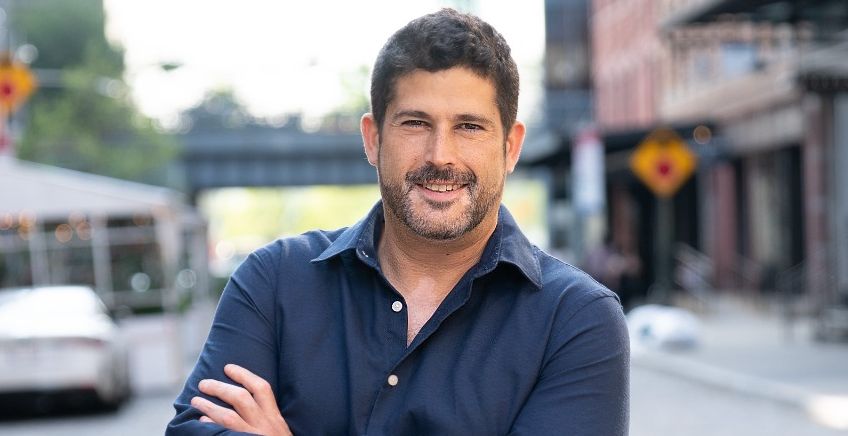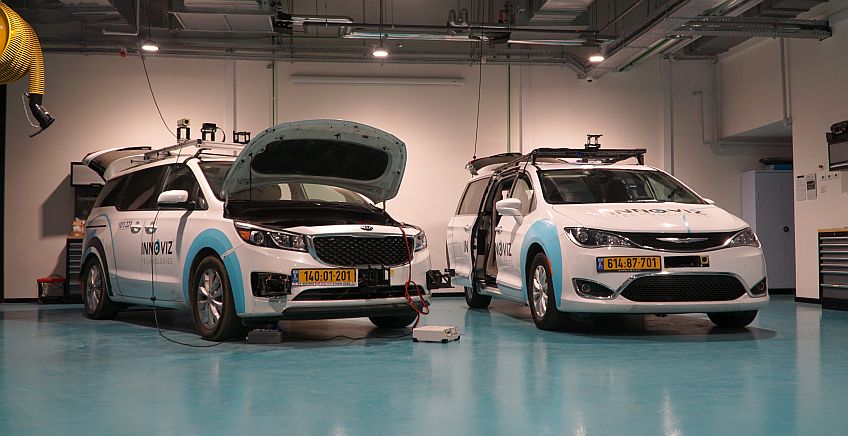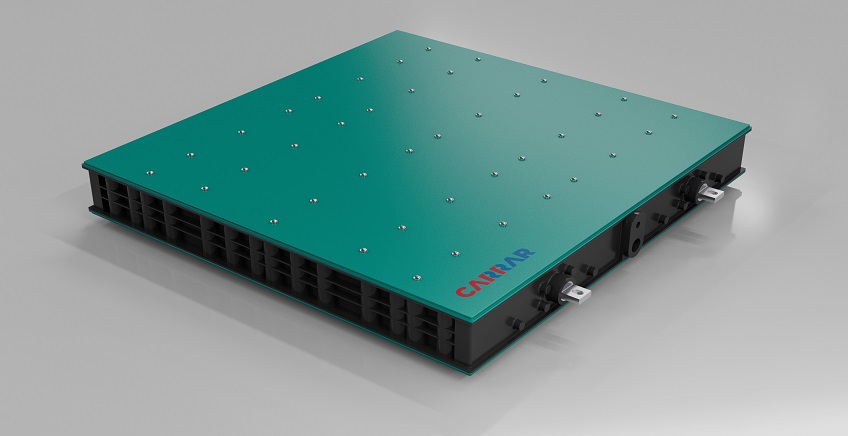Mobileye accuses Tesla of jeopardizing the adaptation of vehicle automation
18 September, 2016
Mobileye reveals it has expressed concerns regarding the use of Autopilot hands-free. According to Mobileye, the use of its system was done with disregard to prior understandings
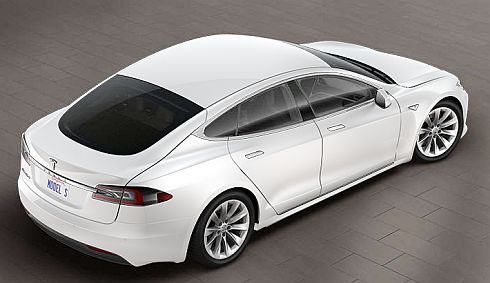
Mobileye reveals it has expressed concerns regarding the use of Autopilot hands-free. According to Mobileye, the use of its system was done with disregard to prior understandings
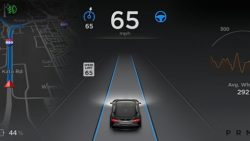
A fatal car accident in Mai, which claimed the life of a Tesla S driver, making use of the vehicles hands-free autopilot, wrecked the relationship between Jerusalem based ADAS developer Mobileye and American electric car manufacturer Tesla. The damage inflicted to the relationship by the accident proved to be beyond repair, and eventually brought an end to a three year cooperation between the two companies. Now, the two companies are in the midst of an ugly exchange of allegations, palying the blaming game.
Mobileye: “We expressed concerns regarding the use of Autopilot hands-free”
The discussion, which has been raging underground for some time, surfaced this weekend, when Mobileye published a news release in which it claimed that Tesla’s CEO Elon Musk made a personal cominment to Mobileye CEO Amnon Shashua, that the activation of the autopilot would be “hands-on”. Despite this confirmation, Autopilot was rolled out in late 2015 with a hands-free activation mode. Mobileye claims to have made substantial efforts since then to take more control on how this project can be steered to a proper functional safety system.
Mobileye’s press release is evidence of an escalating struggle between the two companies. A day prior to Mobileye’s release, Tesla announced it has stopped its cooperation with the Jerusalem based company due to its decision to develop an in-house autonomous driving system. According to Tesla, Mobileye tried to obstruct these efforts in various ways. Mobileye refuted Musk’s accusation, claiming it were safety concerns which led to the end of the relationship with Tesla. According to Mobileye, this Version can be backed up by official documentation.
The raging battle between the two companies is held on the backdrop of a federal investigation into the tragic accident. The investigation might even expand, as reports claim another such fatal accident has occurred in China, months before the accident in Florida took place. In its announcement from firday, Mobileye noted that Tesla’s obvious effort to pin the blame on Mobileye were another nail in the coffin of ist relationship with Tesla.
“Tesla’s response to the May 7 crash, wherein the company shifted blame to the camera, and later corrected and shifted blame to the radar, indicated to Mobileye that Mobileye’s relationship with Tesla could not continue”. Mobileye’s announcement concludes with an accusation of Alon musk’s rashness “Mobileye’s deeply held view is that the long-term potential for vehicle automation to reduce traffic injuries and fatalities significantly is too important to risk consumer and regulatory confusion or to create an environment of mistrust that puts in jeopardy technological advances that can save lives.
Who is responsible for the autonomous cars safety?
The disagreement between the two companies has much wider implications than this specific case. It raises questions concerning the autonomous vehicle roadmap and the feability of the companies keeping the tight deadline – the launching of fully autonomous vehicles by 2021. It could also affect the regulations which are now being discussed by various states around the globe.
The argument is also relevant for another question, which could have a major impact on the autonomous car market. The question is whether the autonomous system is part of the car, thus under the responsibility of the car maker, exactly like the engine or brake system. If yes, the manufacturers will strive to own the autonomous system, entering development projects with companies possessing the know-how. A positive answer would is also likely to spark a wave of acquisitions of companies in the autonomous driving market by automotive giants.
On the other hand, if the market develops in the direction of a separation between car and autonomous system, a trend led by Uber, automotive industry will try to distance themselves from the autonomous systems as far as possible, in order to rid themselves of any legal responsibility to malfunctions in these systems. Such a scenario could make automotive manufacturers to “white box” producers, producing anonymous metal carriages, supporting a separate high tech market of autonomous systems.
Posted in: Autonomous Car , News

